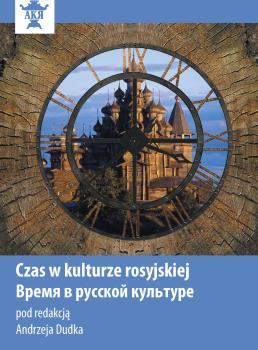Enantiodromiya as the Generalized Time Form in the Russian Culture of the Silver Age .......... 149
Synopsis
ENANTIODROMIYA AS THE GENERALIZED TIME FORM IN THE RUSSIAN CULTURE OF THE SILVER AGE
Here is a peculiar hypothesis of time as а system of “counter” or “different direction” streams which showed the greatest reflection in some poetic works of Vyach. Ivanov and also in works of the priest Pavel Florensky. The hypothesis is built into a related number of concepts from Heraclitus’ “enantiodromiya” to Nikolay Kuzanskii’s “paradigm” and K. Jung and A. Ukhtomskii’s psychological exercises. It allows to say about some generalized form of time including (in special cases) the majority of well-known modes of a temporality. We enter the special “chart” representing this form. Two extreme conditions of temporality find here “natural” places (“timeless” and “eternity”) as well as various modes of “present” and the zone of temporal balance known as “kayros” in ancient Greek tradition.





